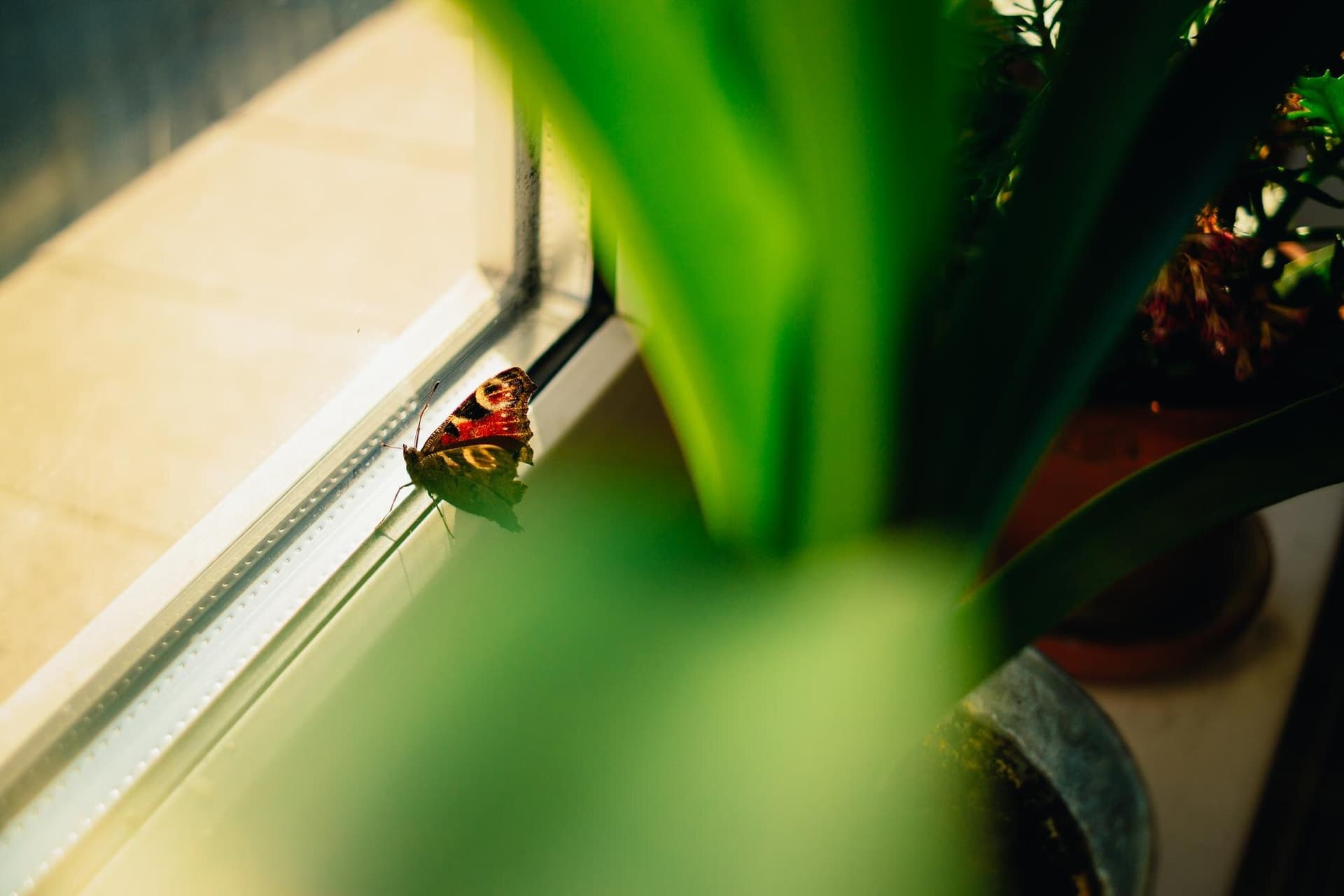Recent Articles
View All →Get Weekly Pest Control Tips
Join thousands of readers who receive expert advice, natural solutions, and prevention tips directly in their inbox.
No spam. Unsubscribe anytime. We respect your privacy.
Join thousands of readers who receive expert advice, natural solutions, and prevention tips directly in their inbox.
No spam. Unsubscribe anytime. We respect your privacy.

Use natural, non-toxic pest control like diatomaceous earth and neem oil to protect exotic pets’ health and habitat. Maintain cleanliness, monitor env...

Learn eco-friendly, cost-effective DIY pest control using natural kitchen ingredients like vinegar and baking soda. Identify pests, apply safe remedie...

Guide offers cost-effective, natural pest control using kitchen staples, garden plants, DIY traps, and sprays. Emphasizes sealing entry points and gar...

Guide to chemical-free gardening: use natural pest control, encourage beneficial insects and wildlife, apply DIY remedies like garlic spray and compan...

Eco-friendly pest control using natural ingredients and methods protects gardens, beneficial insects, and the environment from harmful effects of trad...

Guide teaches early pest detection by recognizing signs, common pests, and eco-friendly control using kitchen items and garden plants, emphasizing saf...